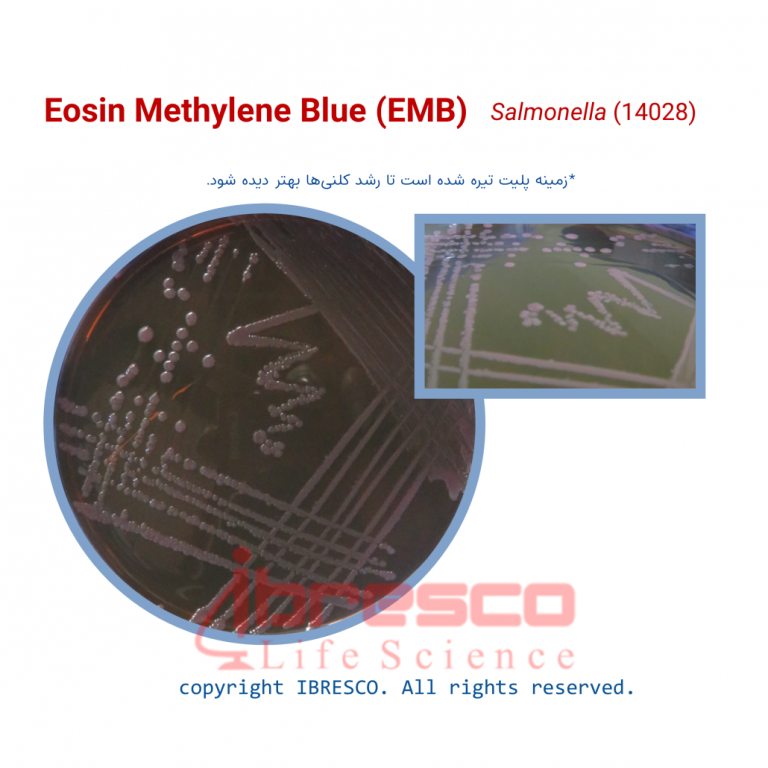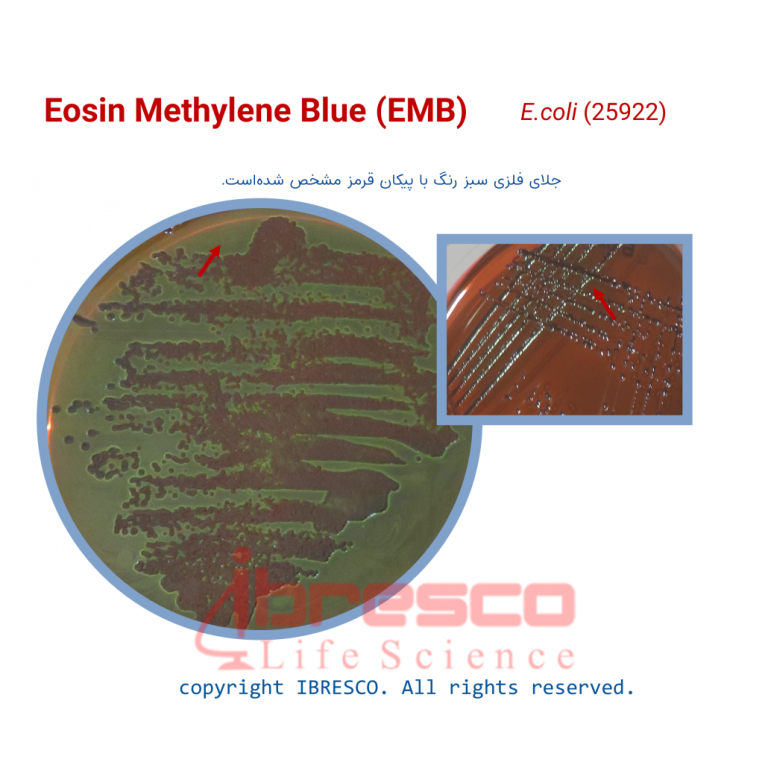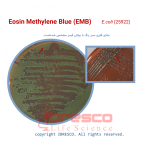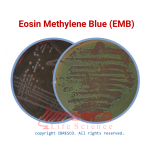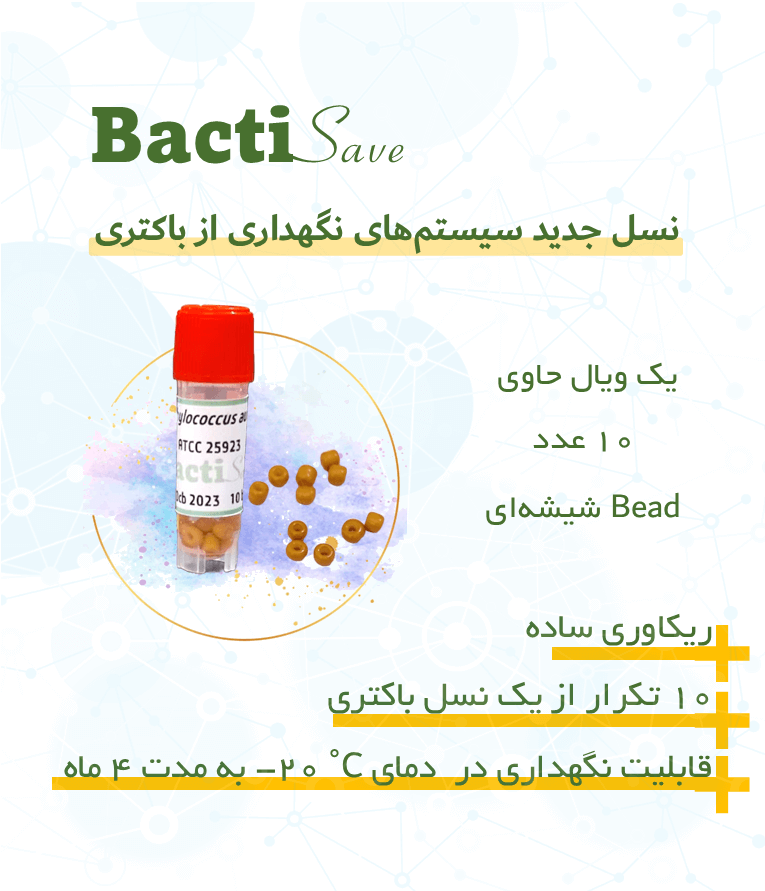Preparation
- Shake the container well. Dissolve 36 grams of the agar powder in one liter of distilled water.
- Heat the solution gently and boil for a few seconds until the medium is completely dissolved.
- Autoclave the culture medium at 121 degrees Celsius for 15 minutes.
- Cool the medium to 60 degrees Celsius and shake it well to allow the methylene blue to oxidize (regain its blue color) and the precipitate in the medium, which is an important part of the medium, to become flow again.
- Dispense the medium into petri dishes.
STORAGE:
Store the powder in the bottle tightly closed and below 30°C and the prepared medium in the tubes at 2-8°C. The best time to use is before the expiration date printed on the product label.


